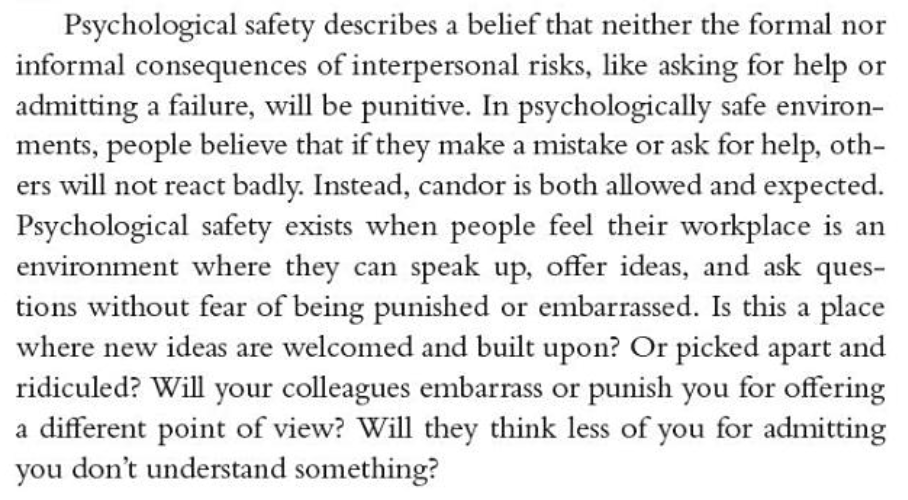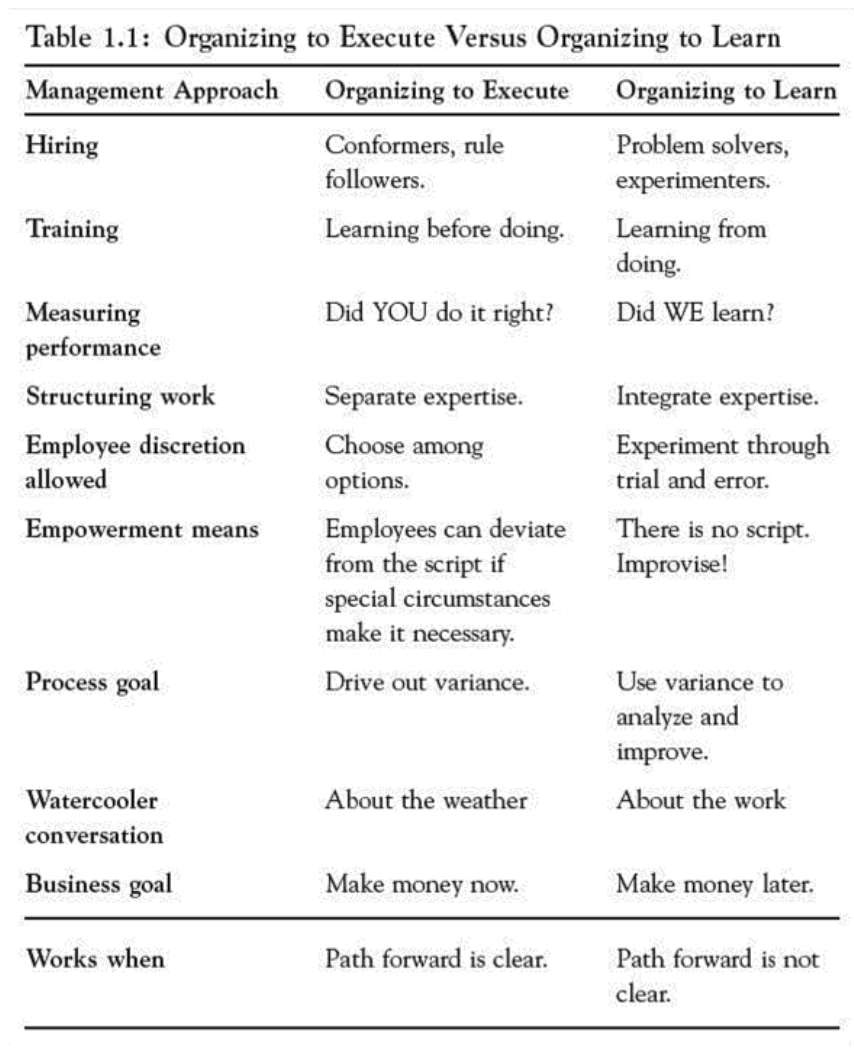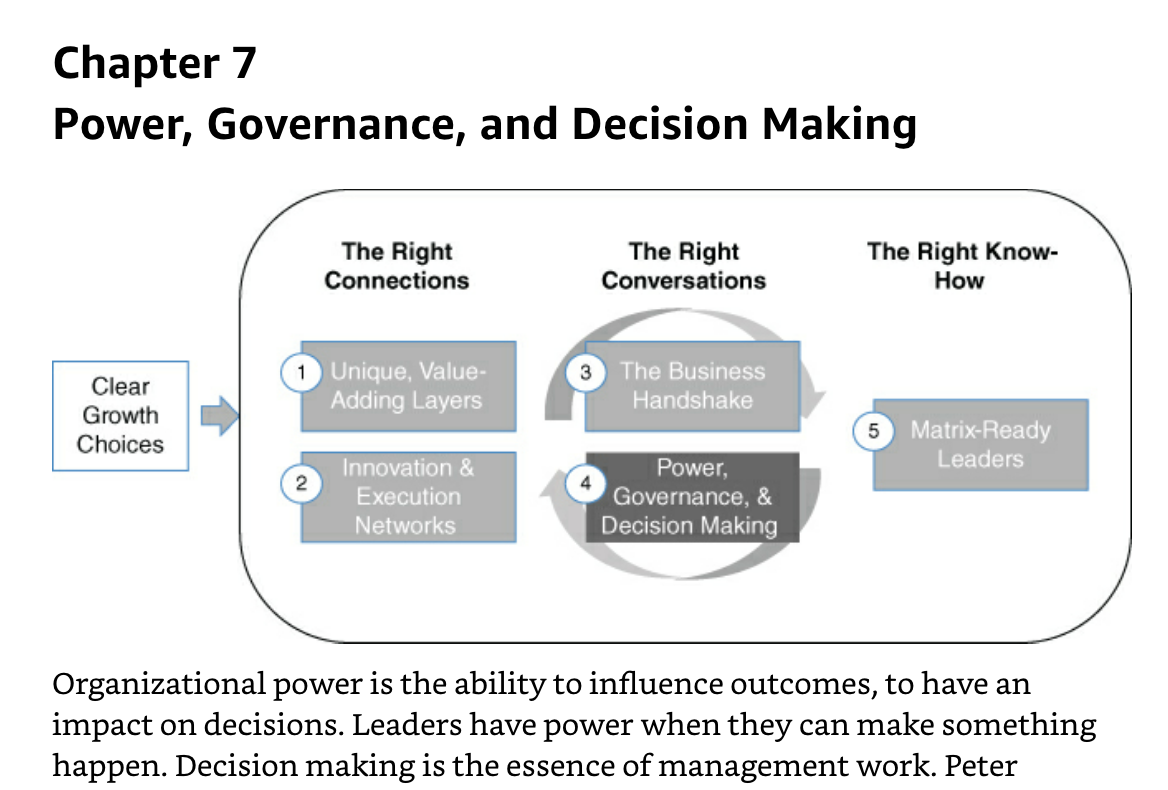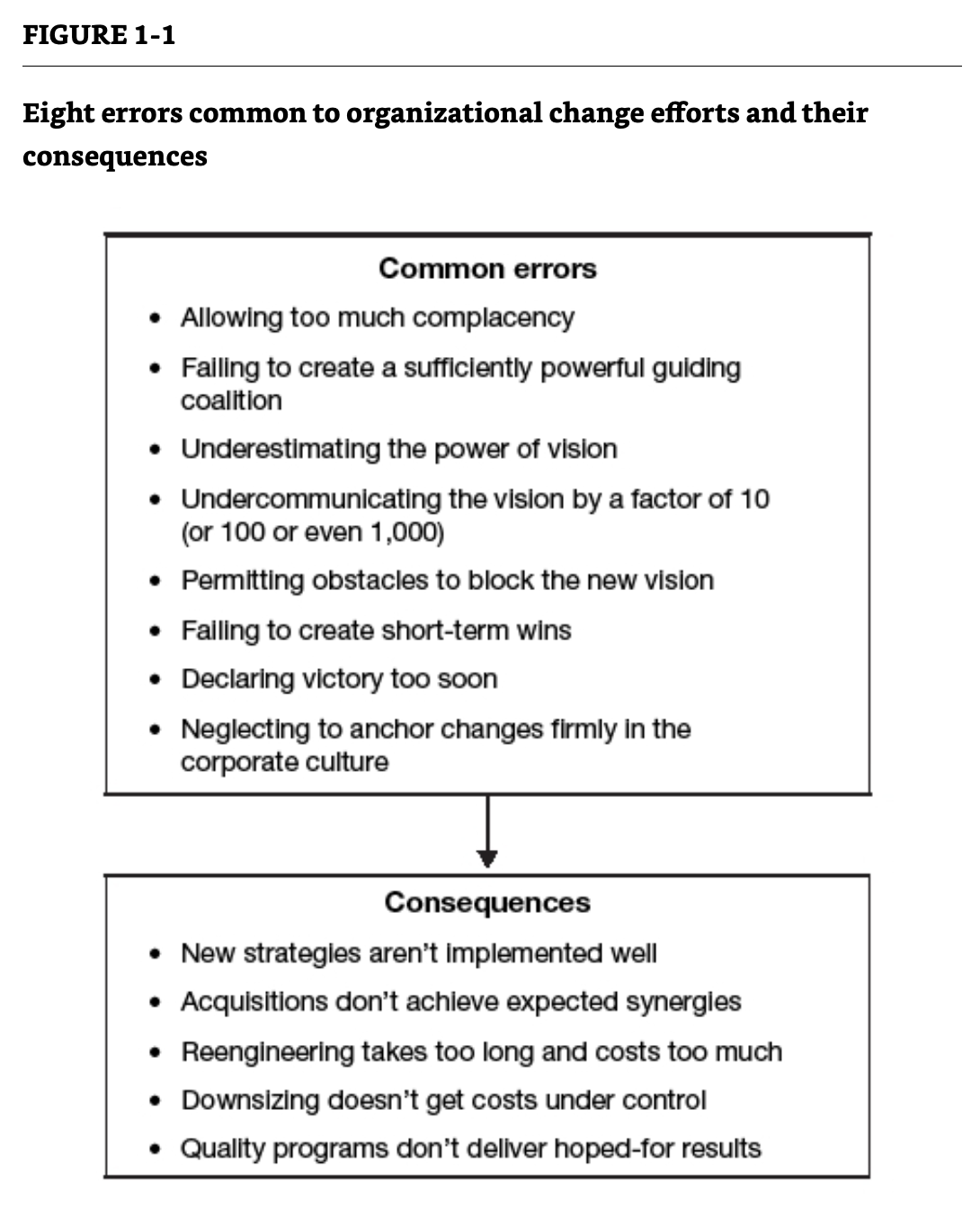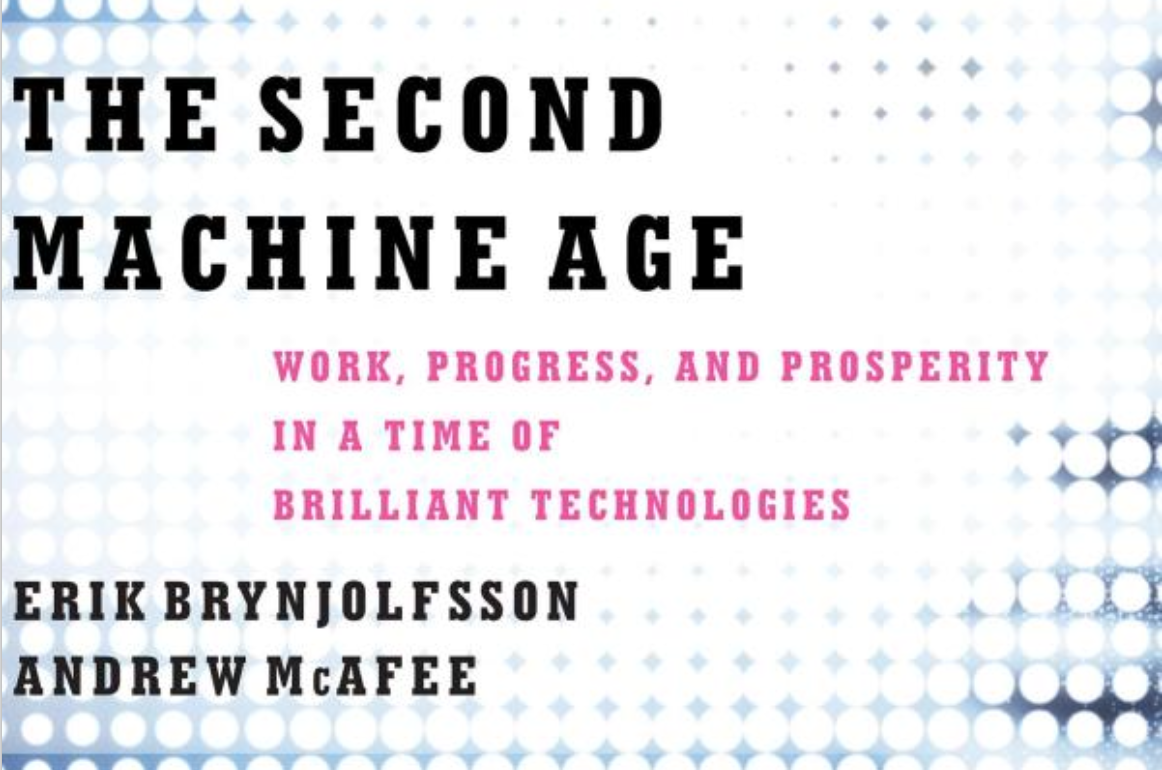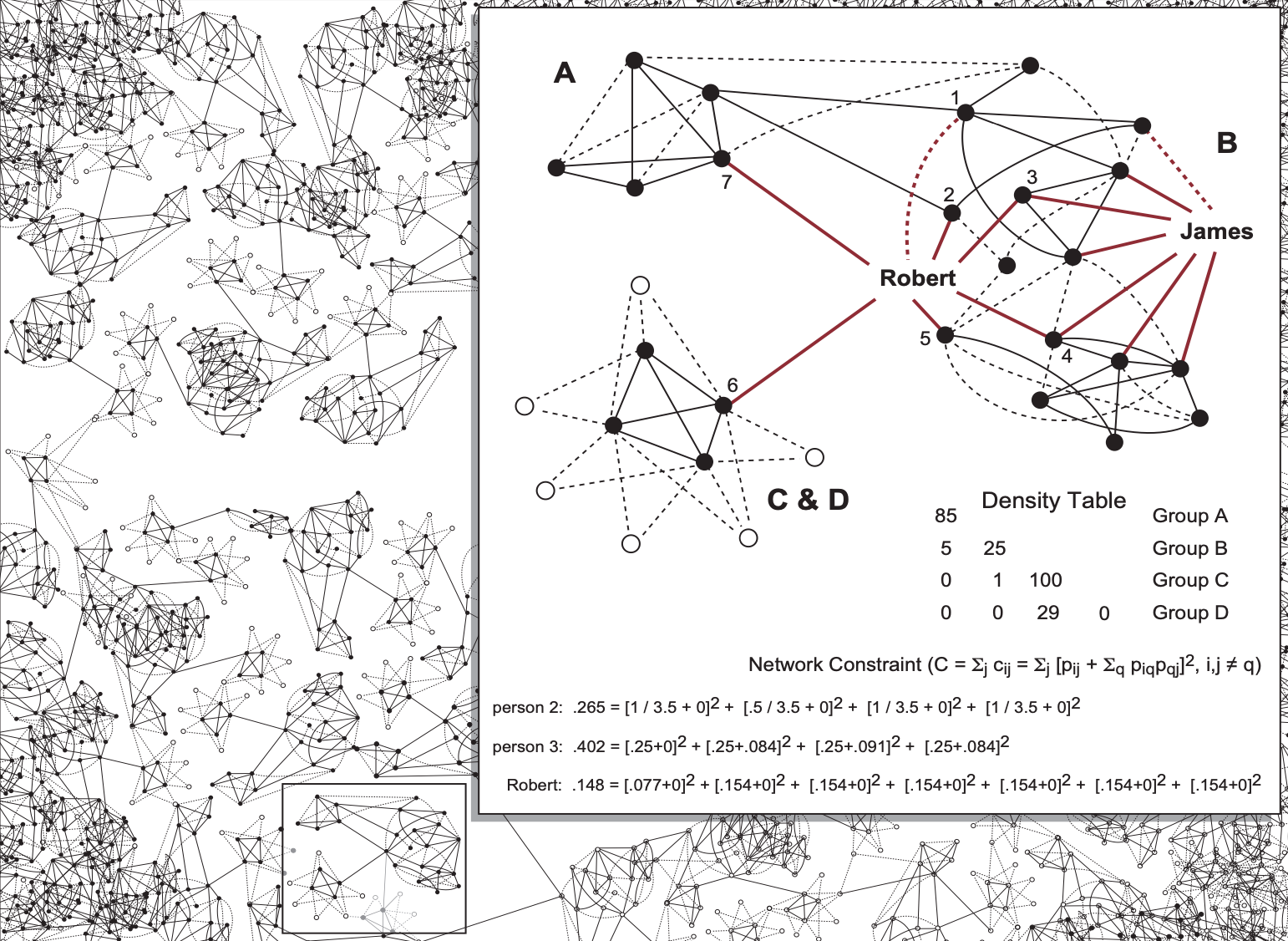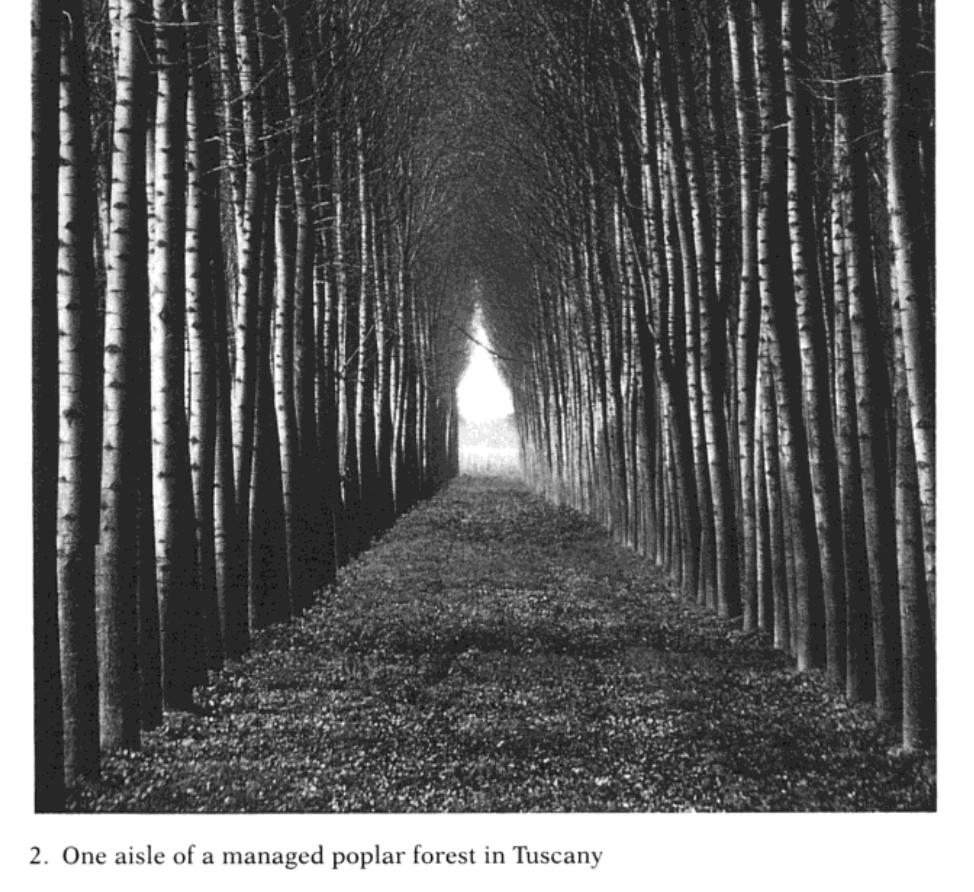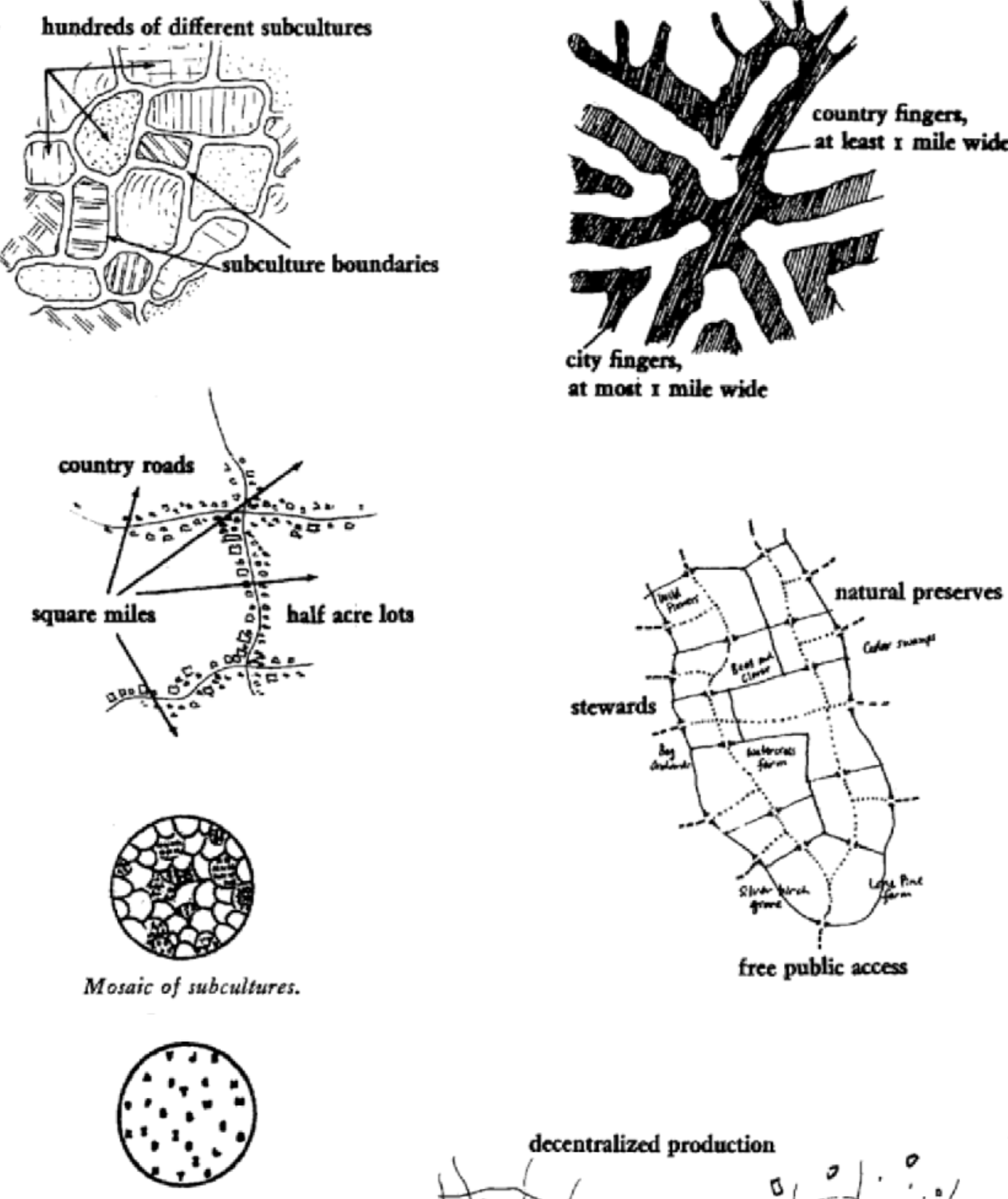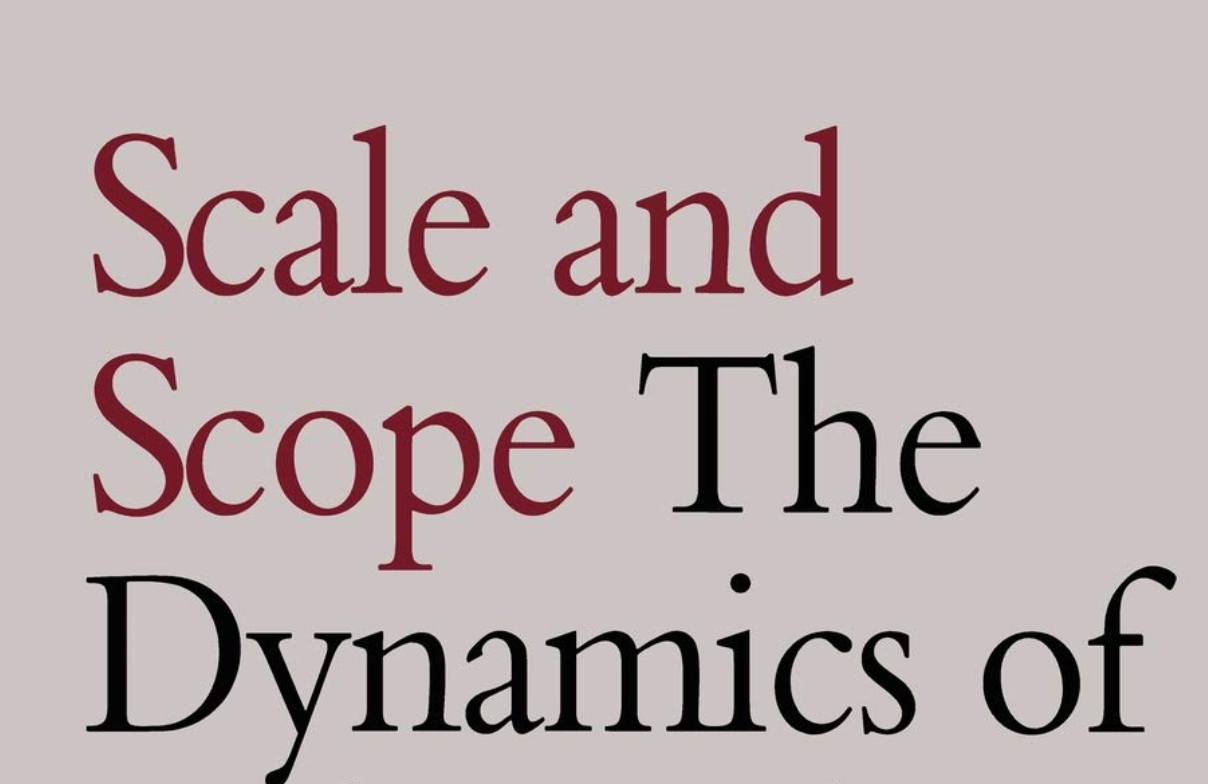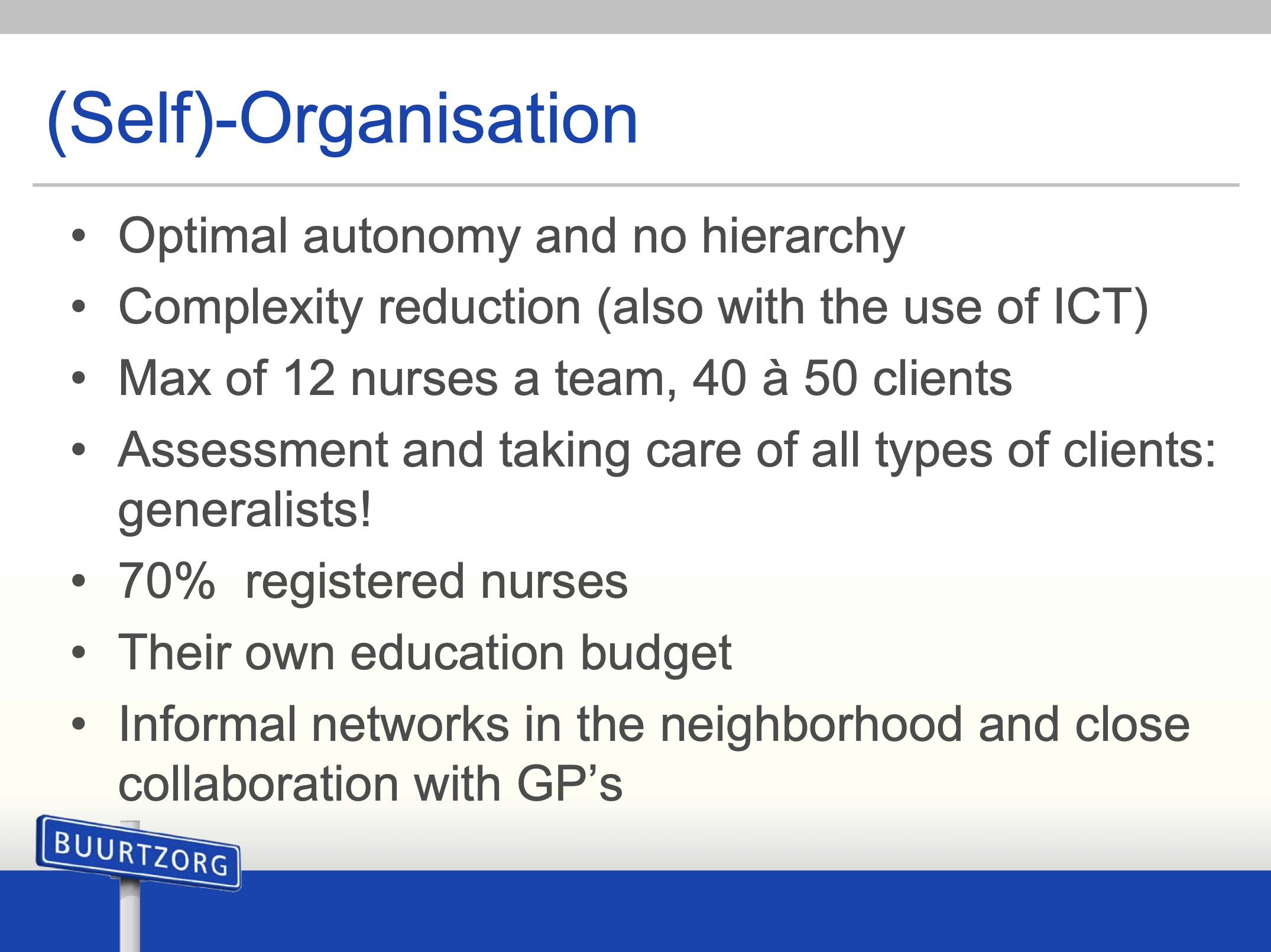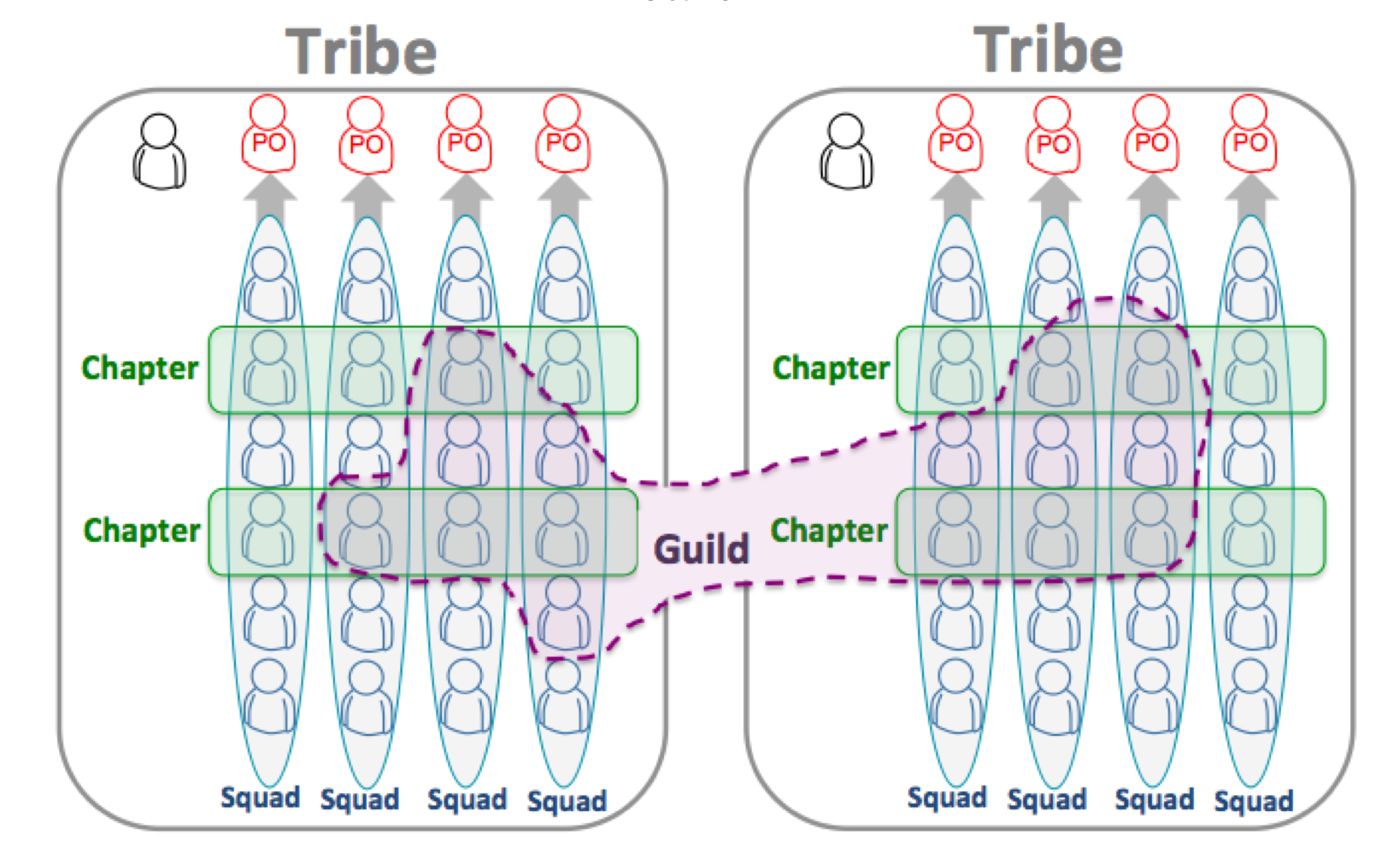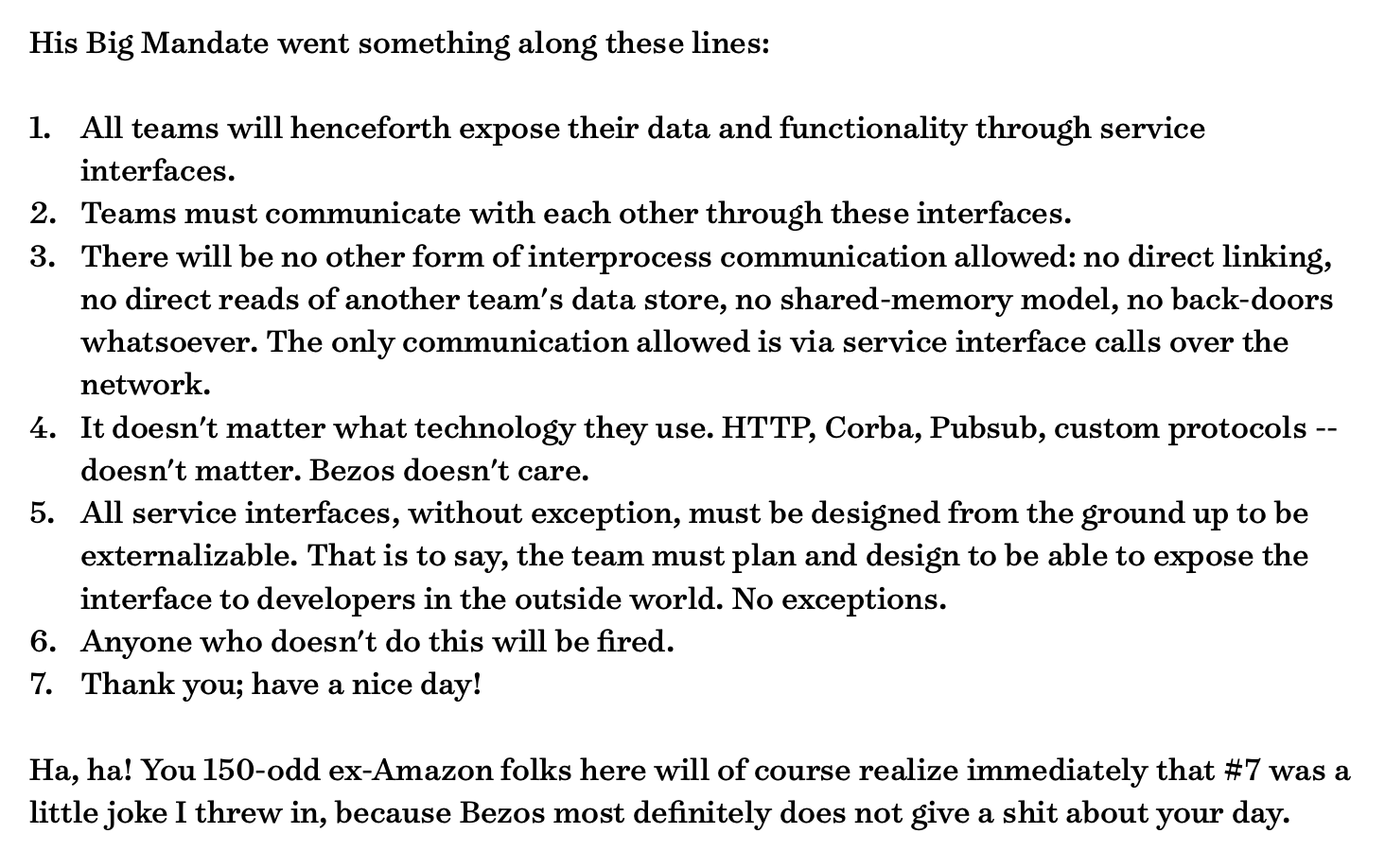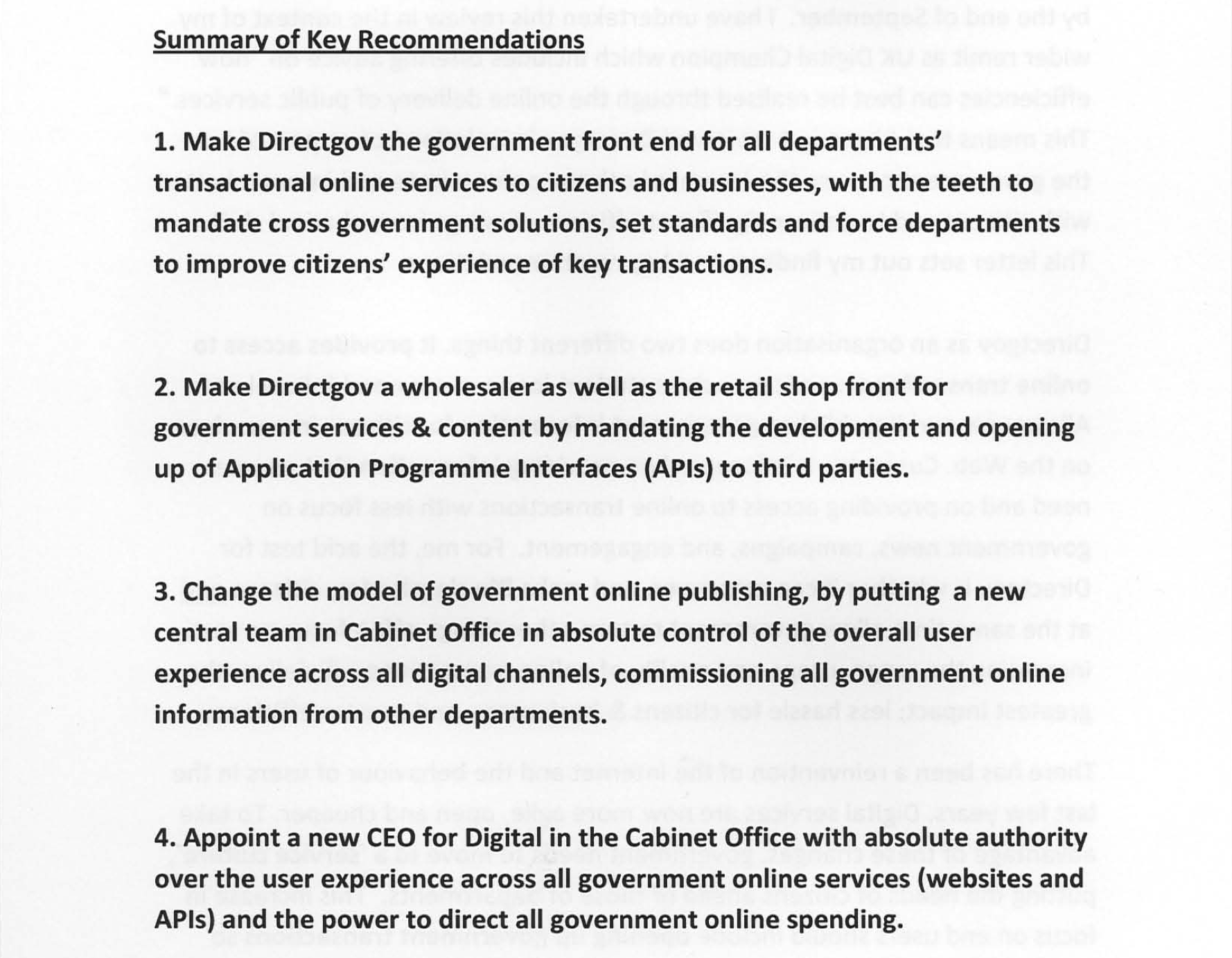This has existed in one form or another on the internet for a while, but I figured it'd be good to get it all down in one tidy place. It's a good list, and I hope you'll hand over your email in exchange for it. I'll add to it periodically. Enjoy!
Categories:
- Next-Gen Thinking: Better futures for work
- Core Background Reading: Be sure you know the fundamentals
- Lateral References: Think beyond the basics
- Historical Records: Case studies, essays, or living examples
- Unusually Good Business Books: Most are bad, these aren't
Next-Gen Thinking
What's the future hold for work? It's probably in here.
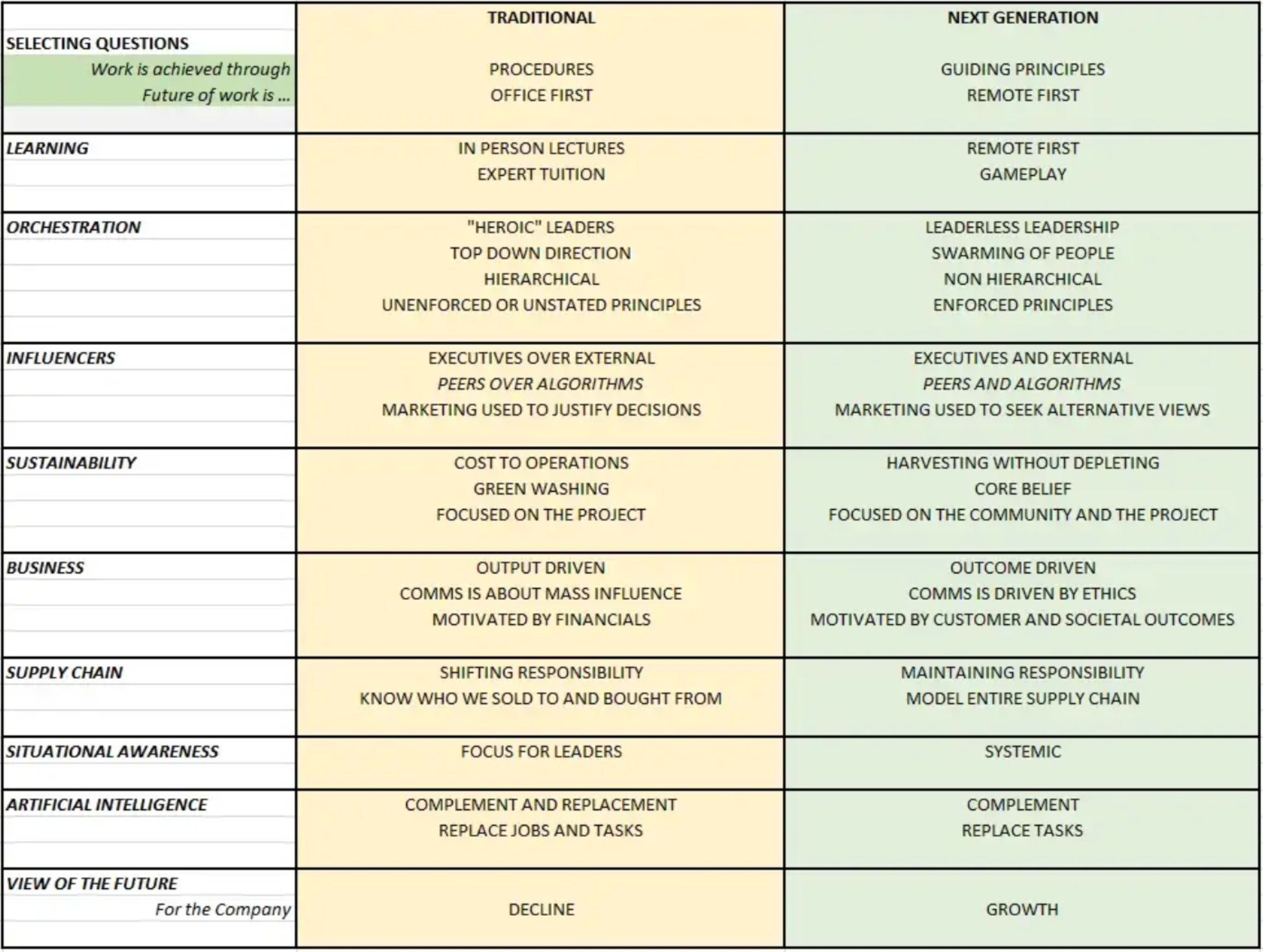
How Organisations Are Changing
In 2021 – spurred by changes he was observing in the pandemic and beyond – Simon Wardley created a pretty substantial study comparing traditional and next-gen organizations. It's good!
Simon Wardley, 2021

Team Topologies
This book gets narrowly viewed as a book for technology folks, and that's unfortunate – it contains some incredibly illuminating ideas on how to structure teams that work on complex systems. That's true of software teams, for sure, but most of the ideas are repurposeable into other domains.
Also contains some really cool visualization techniques for structure, and there are a ton of support materials on YouTube.
Manuel Pais & Matthew Skelton, 2019
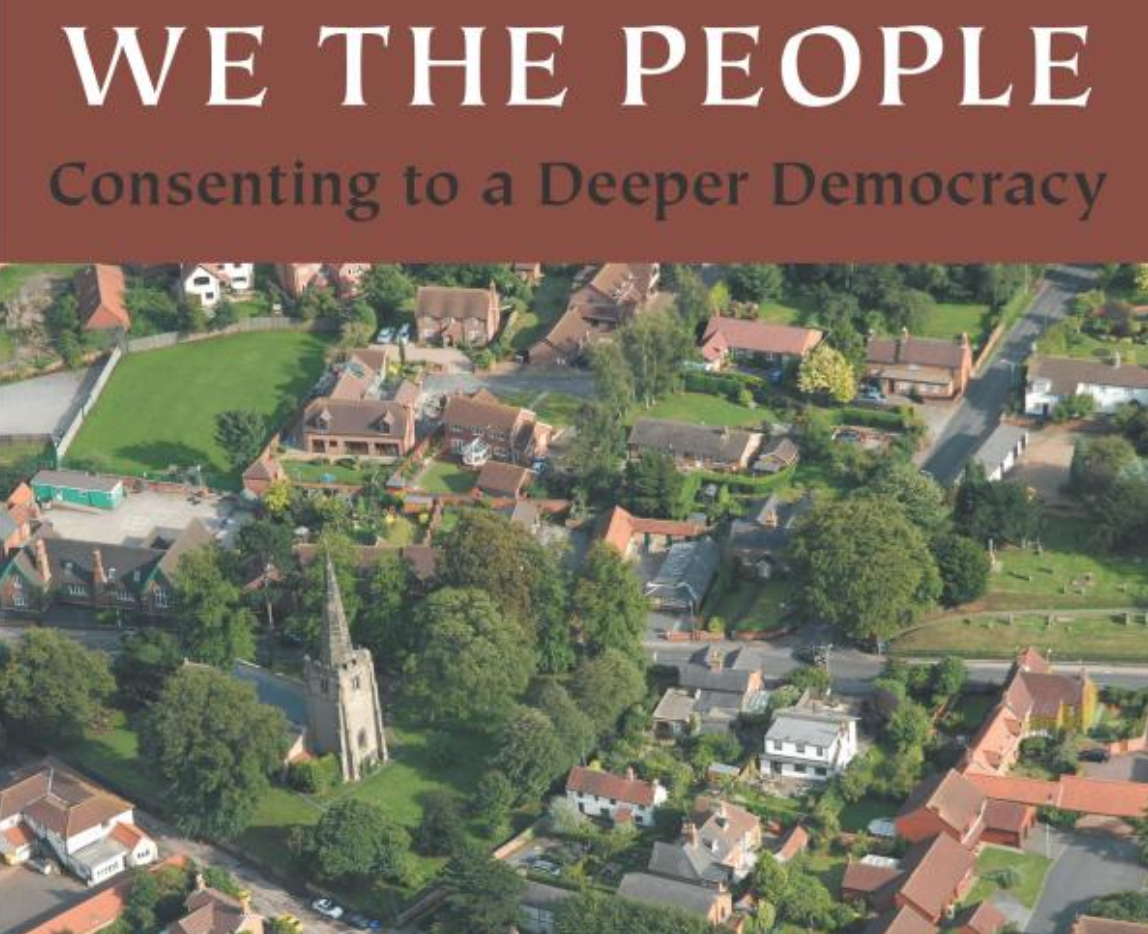
We the People: Consenting to a Deeper Democracy
If you've ever been tempted to read anything about Holacracy, read this book instead. This is about Sociocracy, which predates Holacracy by a long time, and comes without any of the adult development stuff that could cloud your judgment about this awesome operating system.
John Buck & Sharon Villines, 2007
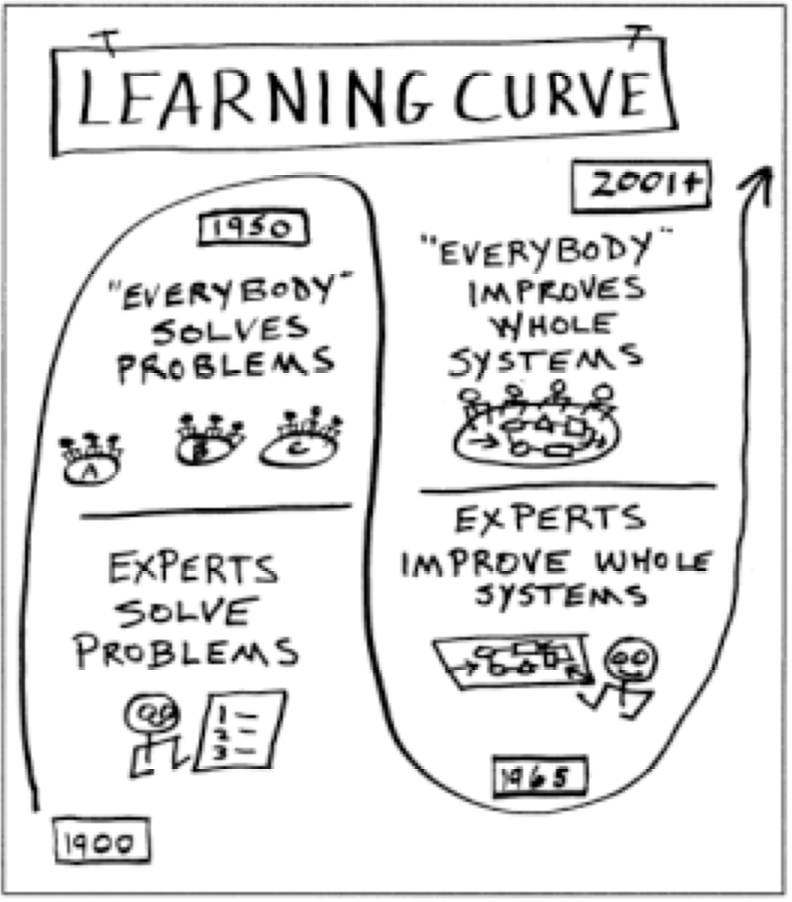
Techniques to Match Values
This is a speech that Marvin Weisbord (his book below, Organizational Diagnosis, is really good!) gave in front of the Organization Design Forum. It's really readable, and really good. I love, and often revisit, the Learning Curve idea – and place my own work in the "everyone improving the whole" section.
Marvin Weisbord, 2005
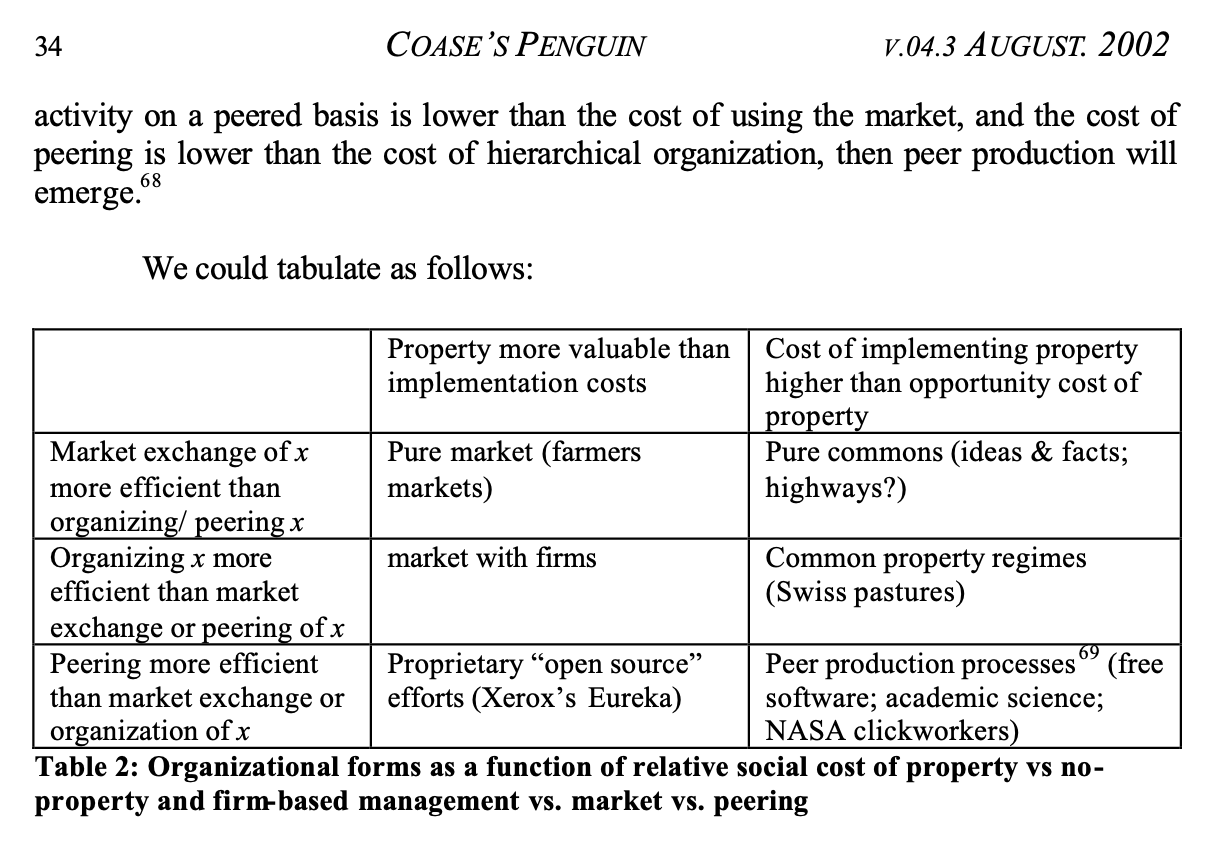
Coase's Penguin
This one is dense, but it's a shorter alternative to The Wealth of Networks. It definitely hits on the same ideas, with an added benefit of specifically referring to the changing nature of company boundaries. (Who works at Reddit? Do we "only" count the hundreds of employees, or do we count the millions of users? How are they organized? By whom?).
Four stars only due to density, but, maybe just load it into ChatGPT and get yourself a summary.
Yochai Benkler, 2002
Core Background Reading
These are books written by researchers and practitioners, and lay out process and methodology for doing organization design work. I don't always agree with their ideologies or conclusions, but you've probably gotta read these regardless of your stance on the world of work.
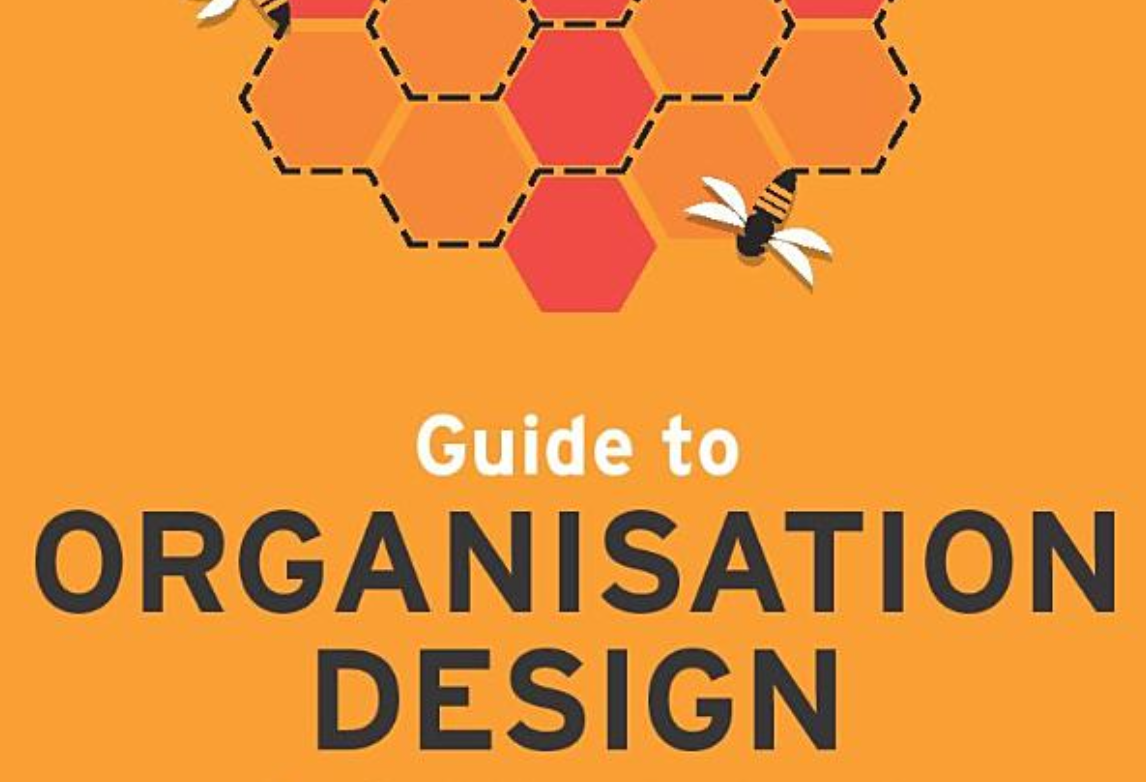
Guide to Organisation Design
This one is super practical and would be pretty useful for an exec who is trying to DIY their organization design – or at very least understand where there are gaps that need addressing. I adore the quadrant-based approach here (simplifying as it is) for finding good fit between context and form. Good stuff!
Naomi Stanford, 2015

Leading Organization Design
Very process-focused. Lots of lil' nuggets of wisdom sprinkled throughout.
Amy Kates & Gregory Kesler, 2010
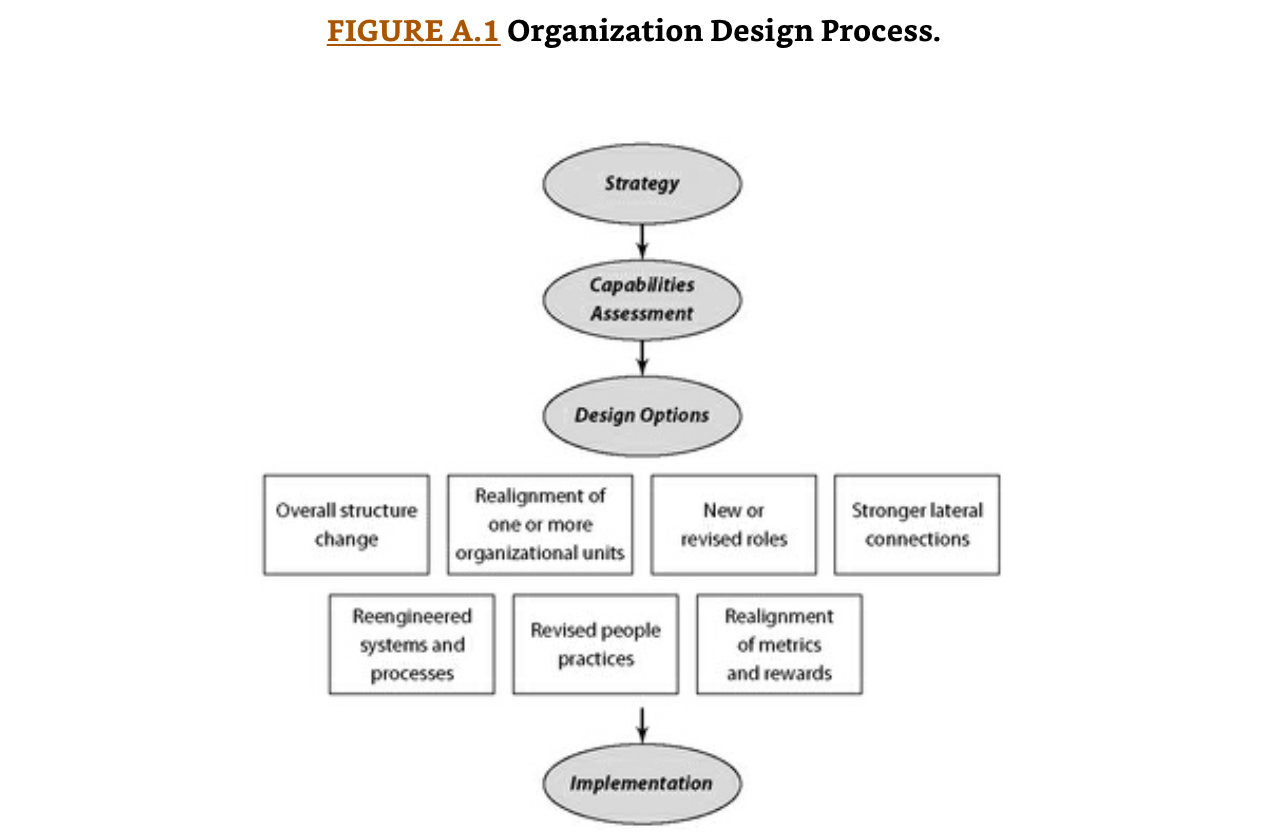
Designing Your Organization
This one is super helpful – especially the tools in the appendix!
Amy Kates & Jay Galbraith, 2007
Designing Dynamic Organizations
Amy Kates, Diane Downey & Jay Galbraith, 2001. BUY
Organizational Diagnosis
Marvin Weisbord, 1978 BUY
Lateral References
These books (they're usually books, but not always!) aren't about organization design, but they're super helpful for establishing a wider point of view about the organization of the world around us.
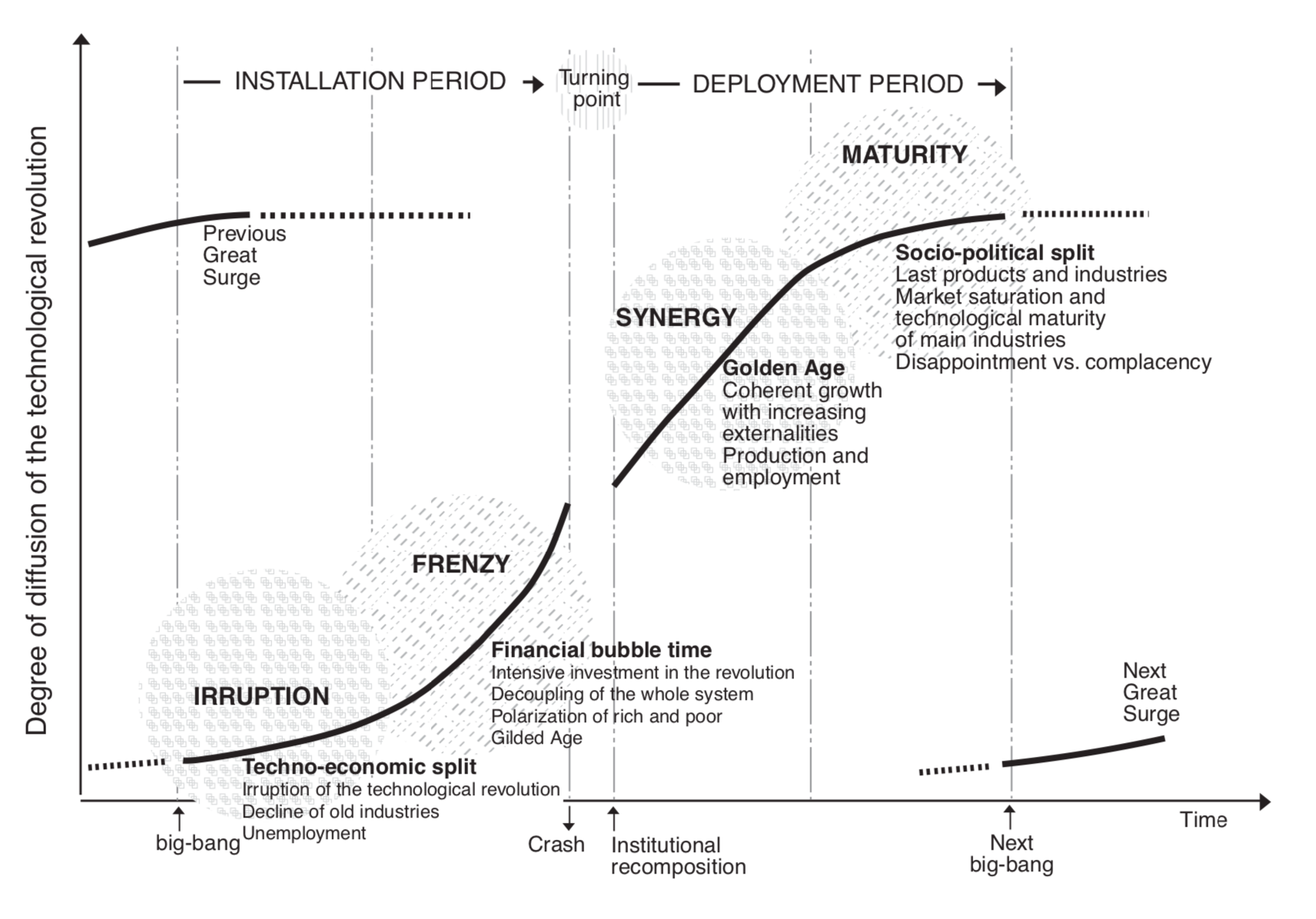
Technological Revolutions and Financial Capital
Super important must-read on the diffusion of technologies. I think we're at a turning point as you read this.
Carlota Perez, 2003
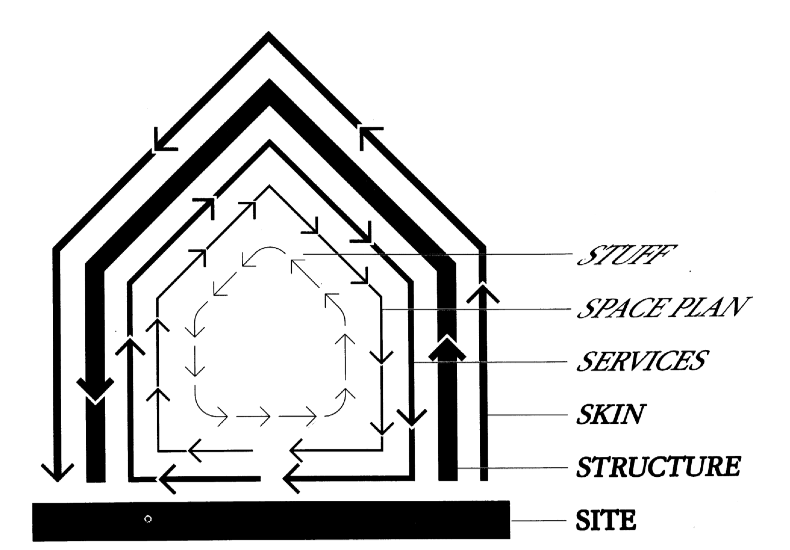
How Buildings Learn
If you're interested in the Pace Layers thing – this is your jam. Makes a great coffee-table book or gift.
Stewart Brand, 1995
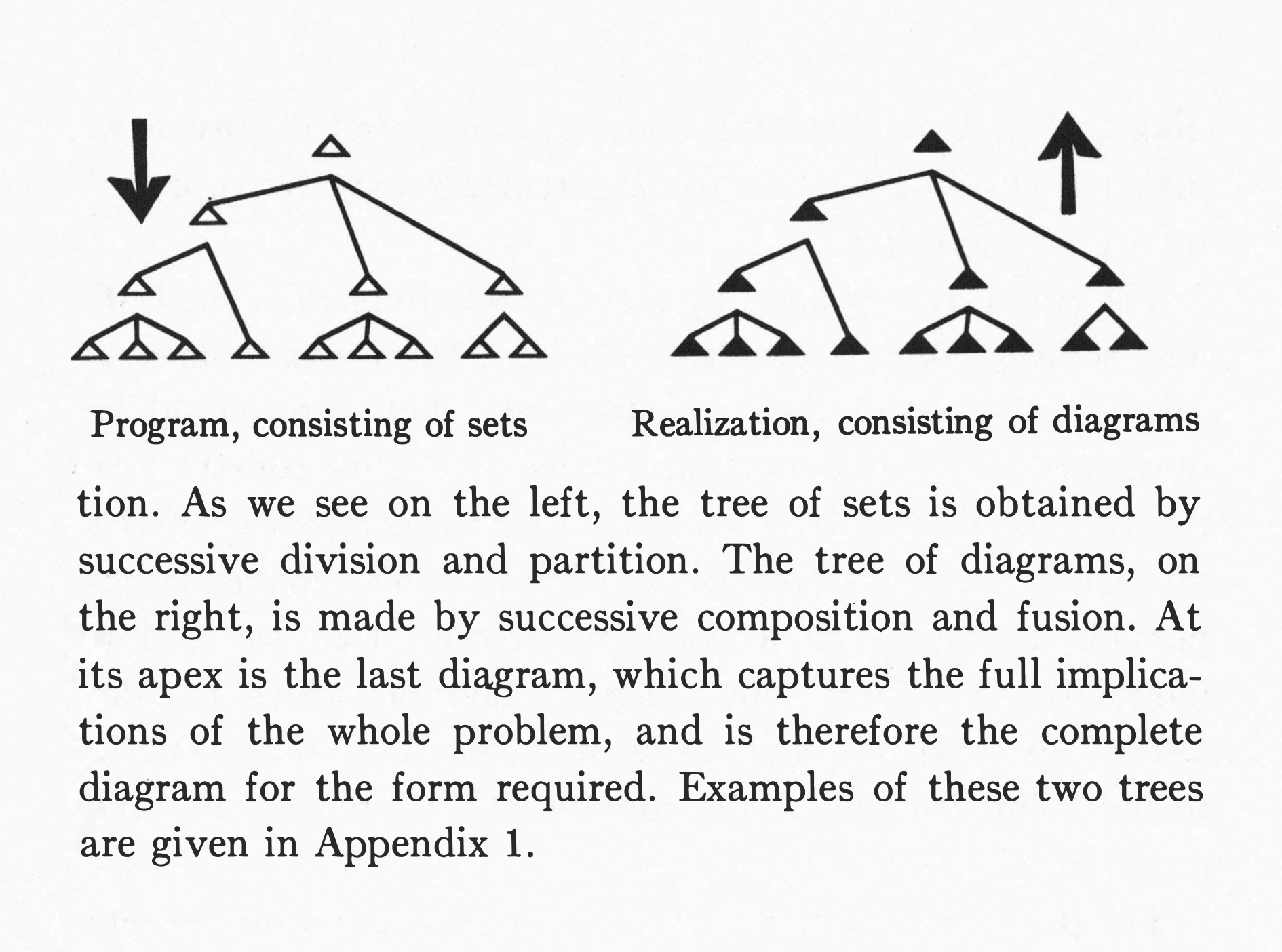
Notes on the Synthesis of Form
This one was a bit of a mind-opener for me in terms of system design, and led me to think differently about how to apply new ways of working and organizing to a system. It's a quick read, with a big section on math that I skipped due to, you know, math.
Christopher Alexander, 1964
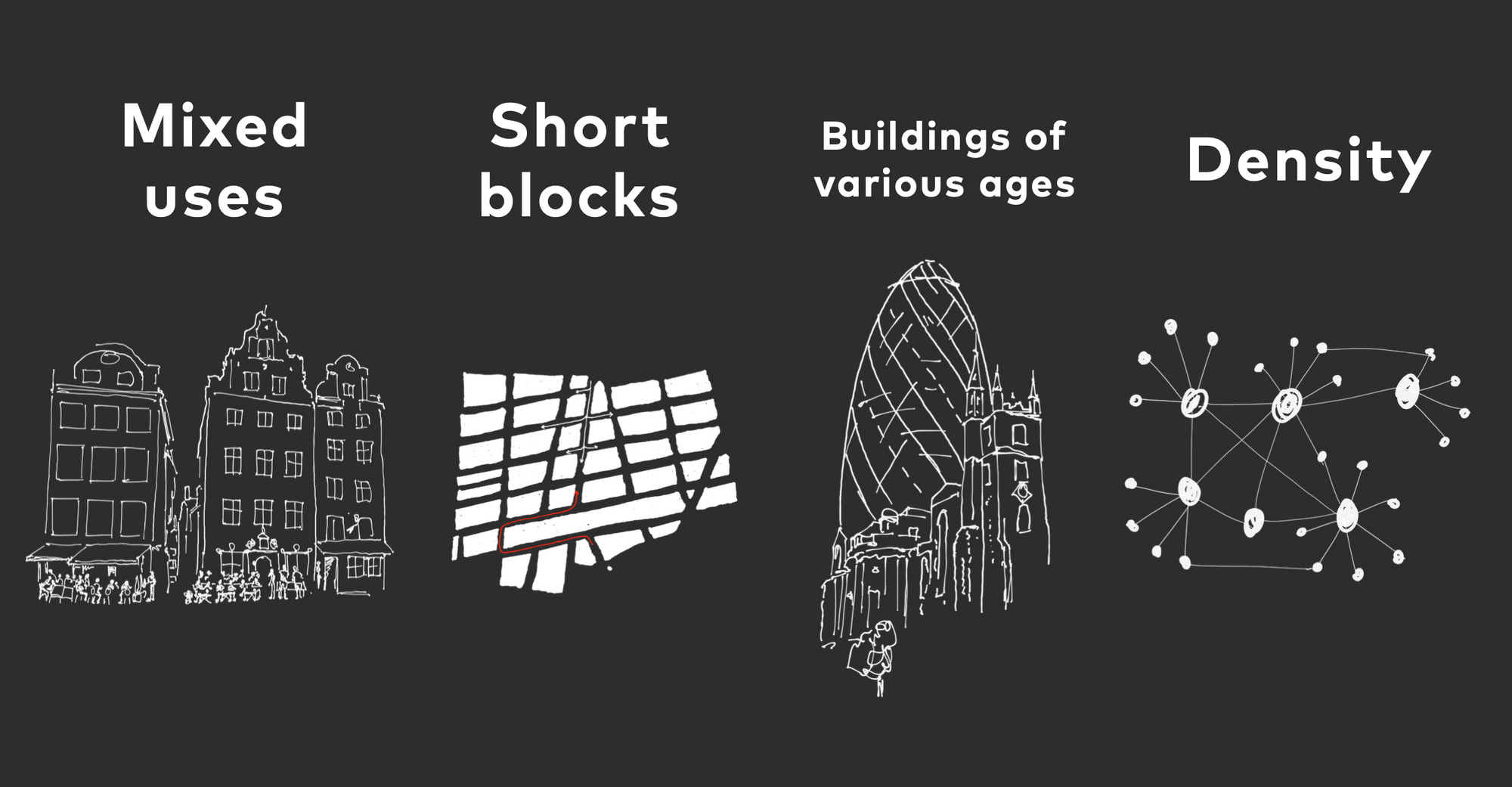
The Death and Life of Great American Cities
- Mixed primary uses: Multi-disciplinary teams. Too much of one thing in one place (think: commercial-only districts, or centralized design teams, maybe) gets stale.
- Short blocks: Small teams. Easy to find people to work with.
- Buildings of various ages: Within an organization, I think of this as a gradient between longstanding, slower, less risk-tolerant units, and units that move faster and break more things. Both are necessary!
- Density: Most big organizations feel like suburbs. Hundreds of thousands of people, but you never see any of them.
Jane Jacobs, 1961 (art: my own)

Simple Sabotage Field Manual
Darkly funny. In the 40s, the OSS (predecessor to today's CIA) created this manual to help US-aligned folks around the world destabilize "enemy" civilizations from within. One section is focused on the organization:
- Insist on doing everything through channels.
- Make speeches. Talk as frequently as possible and at great length.
- Refer all matters to committees.
- Bring up irrelevant issues as frequently as possible. Haggle over precise wordings of communications.
- Refer back to matters already decided upon and attempt to question the advisability of that decision.
- Advocate caution and urge fellow-conferees to avoid haste that might result in embarrassments or difficulties later on.
- Be worried about the propriety of any decision.
Sounds like NORMAL LIFE inside big orgs. Download it for high-res usage in your next deck.
US Office of Strategic Services, 1944
Historical Records
Occasionally somebody writes something really important about the way a particular company worked, and did it in a way that reads more like history than sanitized, self-promotional business bookery. These are good!
Pre-Internet + Major Industrials
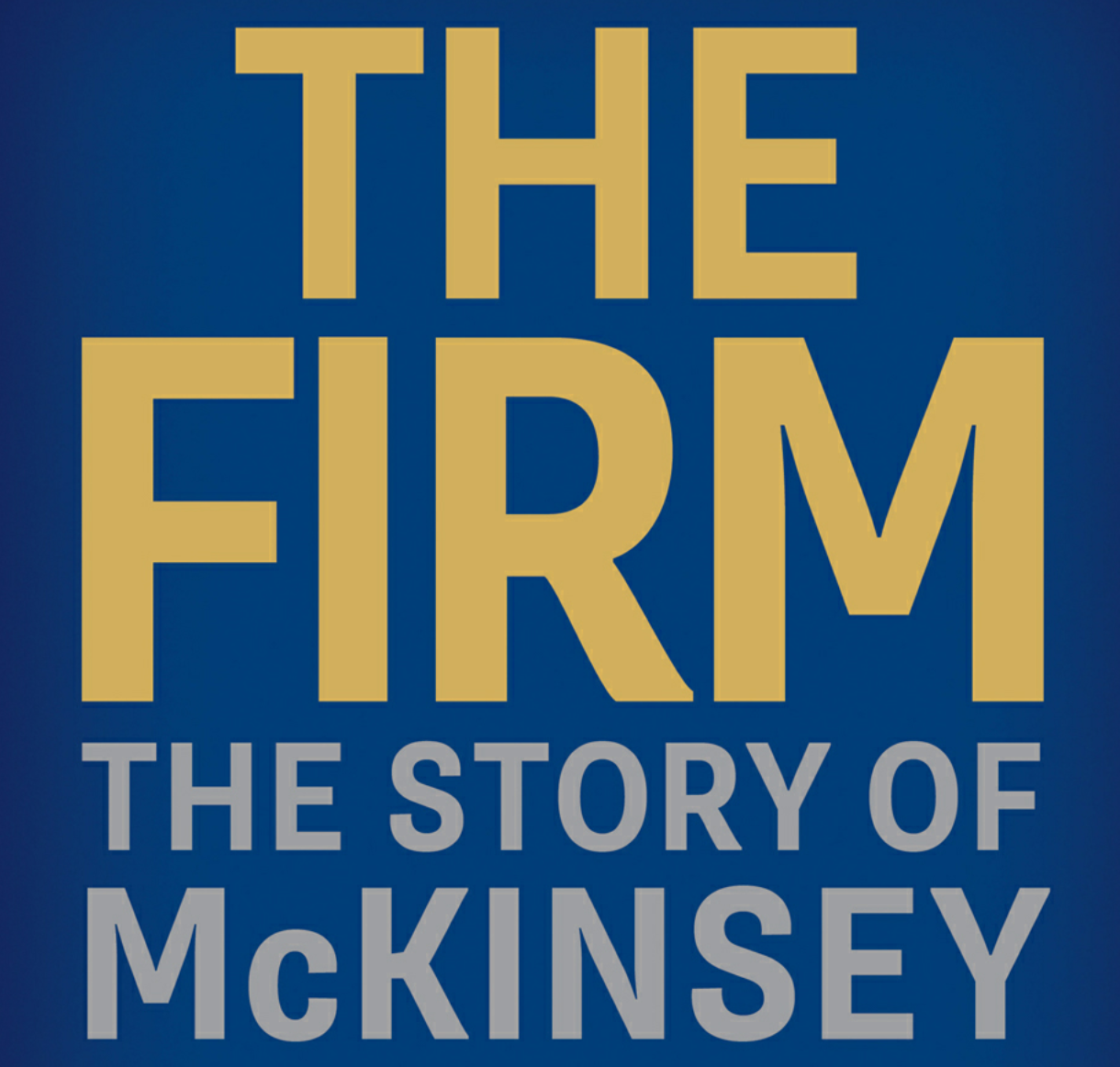
The Firm: The Story of McKinsey
Say what you will about McKinsey, and I'll probably agree with you. But it's worth keeping in mind that they basically professionalized management (I think that this bit generally has been good for the world) and continue to run a very effective professional services firm. Internal functional leaders can learn a lot from this book.
Duff McDonald, 2014
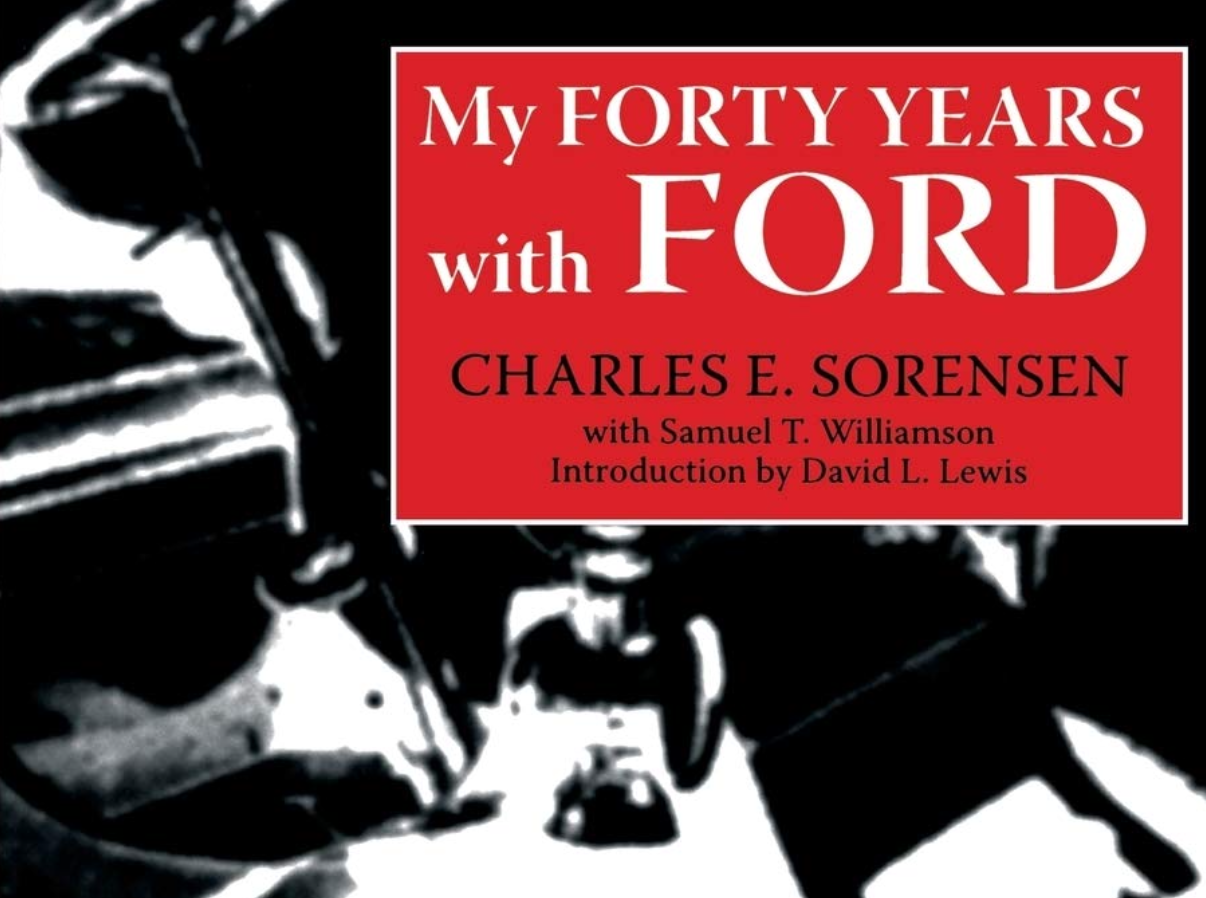
My Forty Years with Ford
This is a fascinating look inside the early days of the Ford Motor Company, with a particular emphasis on Henry Ford and the advancement of their operating capacity. Ford turned out to be a terrible person, and I find it especially interesting to track the parallels between early industrial-era founders/org structures and those of the early internet era.
Charles Sorensen, 2006
Unusually Adaptive Organizations (mostly post-internet)

Netflix: Long Term View
There's an unfortunate reference to Frank Underwood's House of Cards reference in the beginning, but this is still a good example of high-signal, low-noise communication.
2013. Let's see if it comes true!
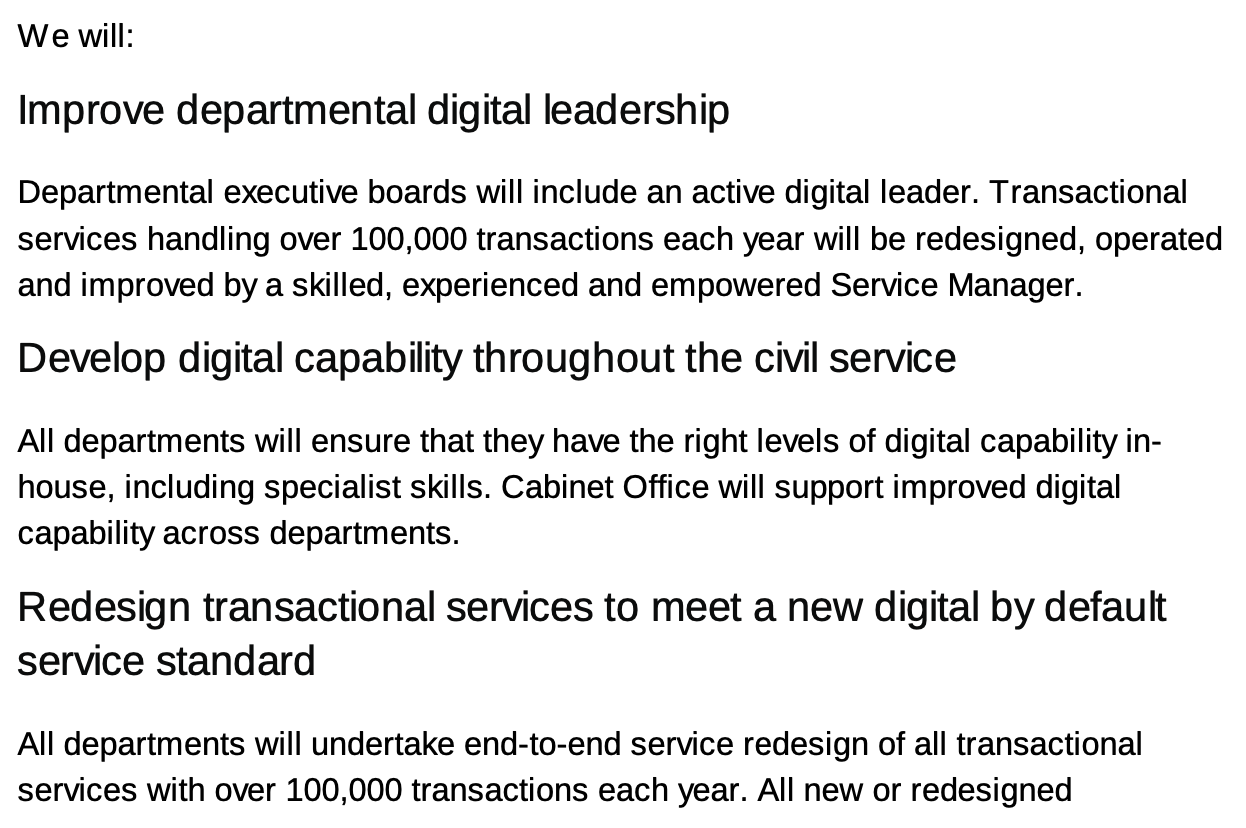
UK Government Digital Strategy
Relating to the document below (Revolution, Not Evolution) – here's the strategy that came out of Martha's work. I appreciate the clarity and usefulness of the principles and related actions.
2012
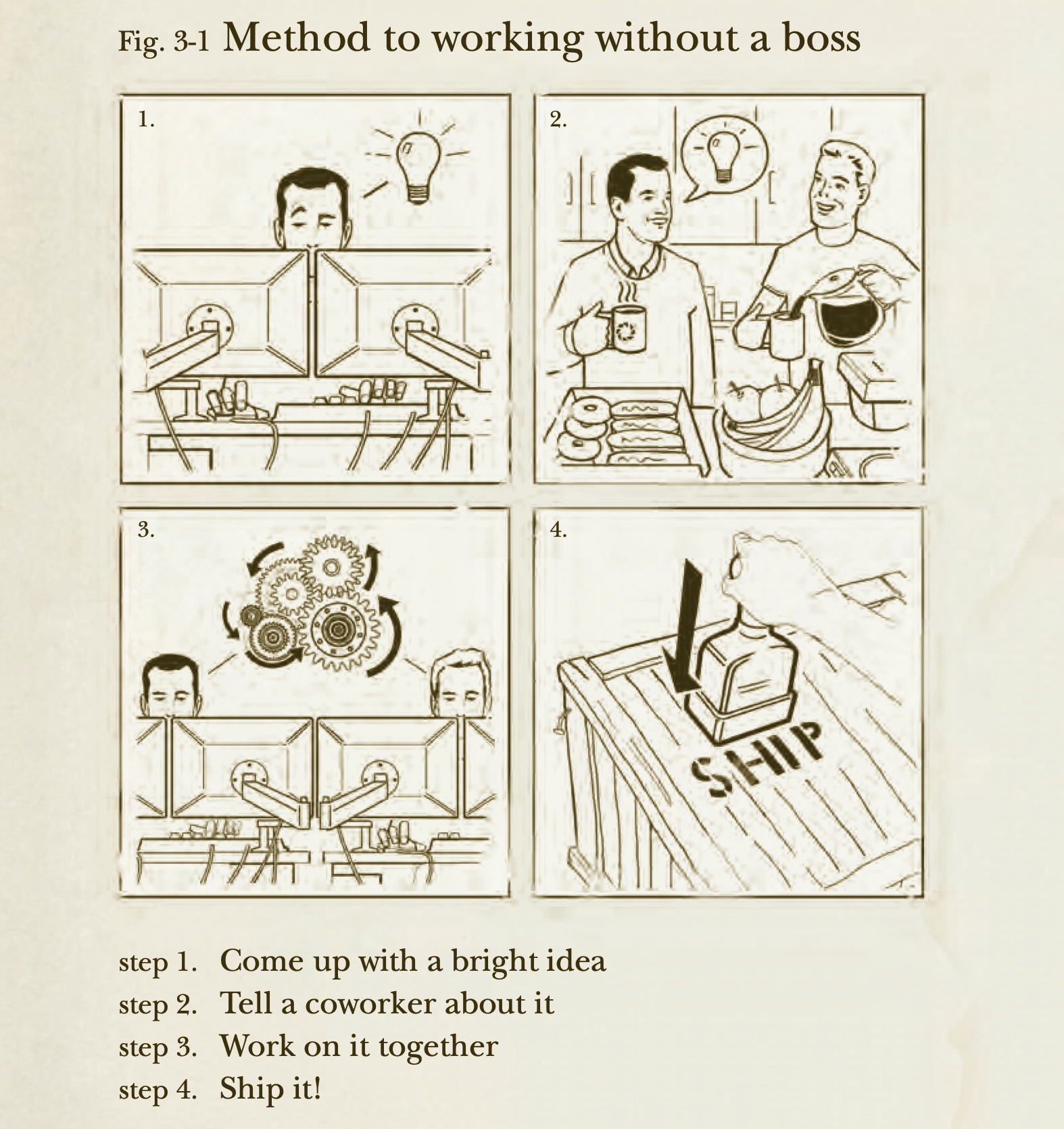
The Valve Handbook
I just looked back at this a decade later and yeah, it's still so good.
"...When you’re an entertainment company that’s spent the last decade going out of its way to recruit the most intelligent, innovative, talented people on Earth, telling them to sit at a desk and do what they’re told obliterates 99 percent of their value."
Check out the section on what they're not good at.
2012
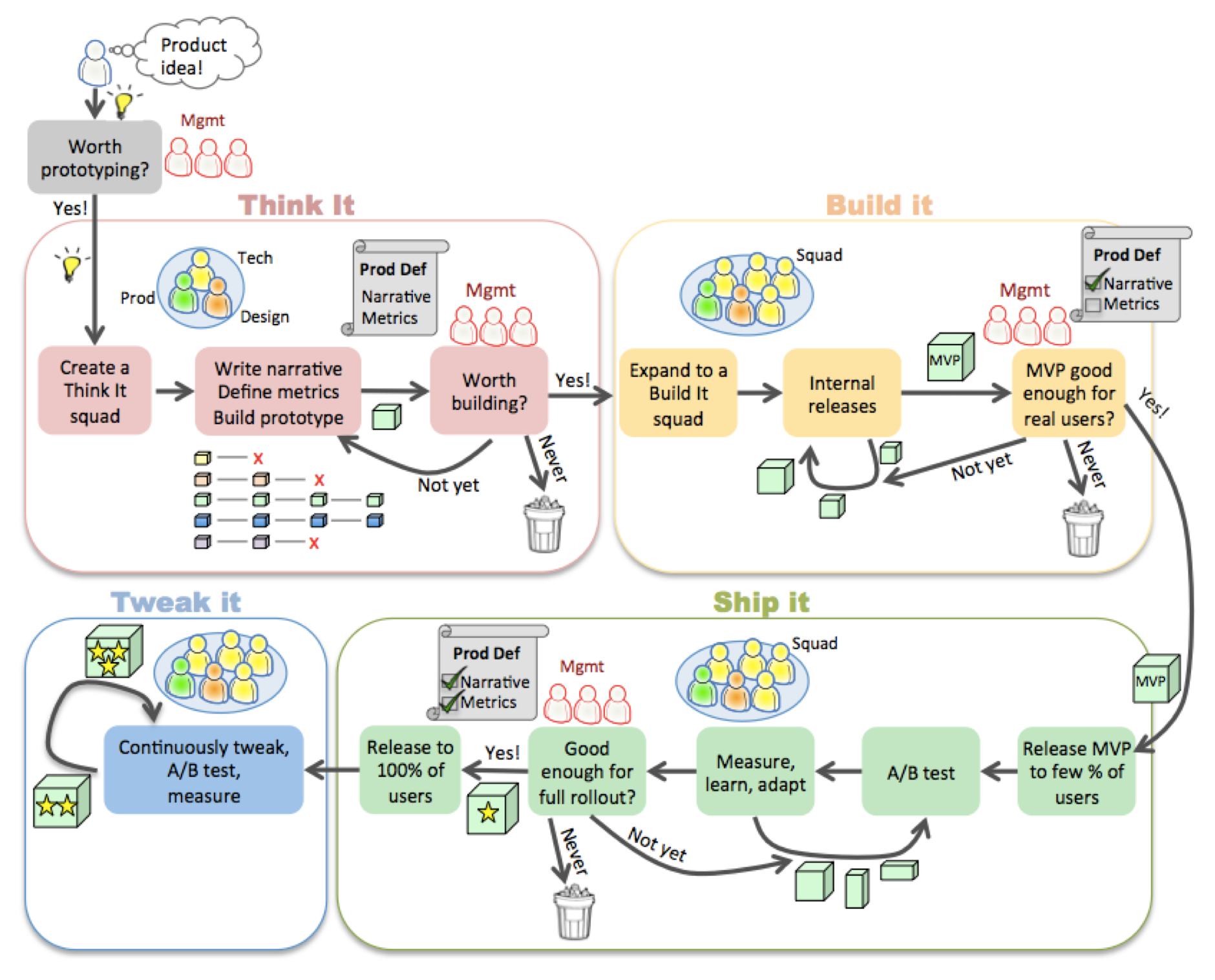
How Spotify Builds Products
These are really, really important PDFs, but they've also caused a lot of headaches for organization designers (and the people in the organizations being designed!) since they came out. Really nice inspiration for how to document process and structure, though. Worth using these as a standard to shoot for.
Henrik Kniberg, 2013

The Lattice Organization: W.L. Gore
You kinda have to know a lot about W.L. Gore to understand this one, so I'll try to find something better. But this is a good overview of how the define different types of leaders, and how they expect the organization to run.
Date unknown
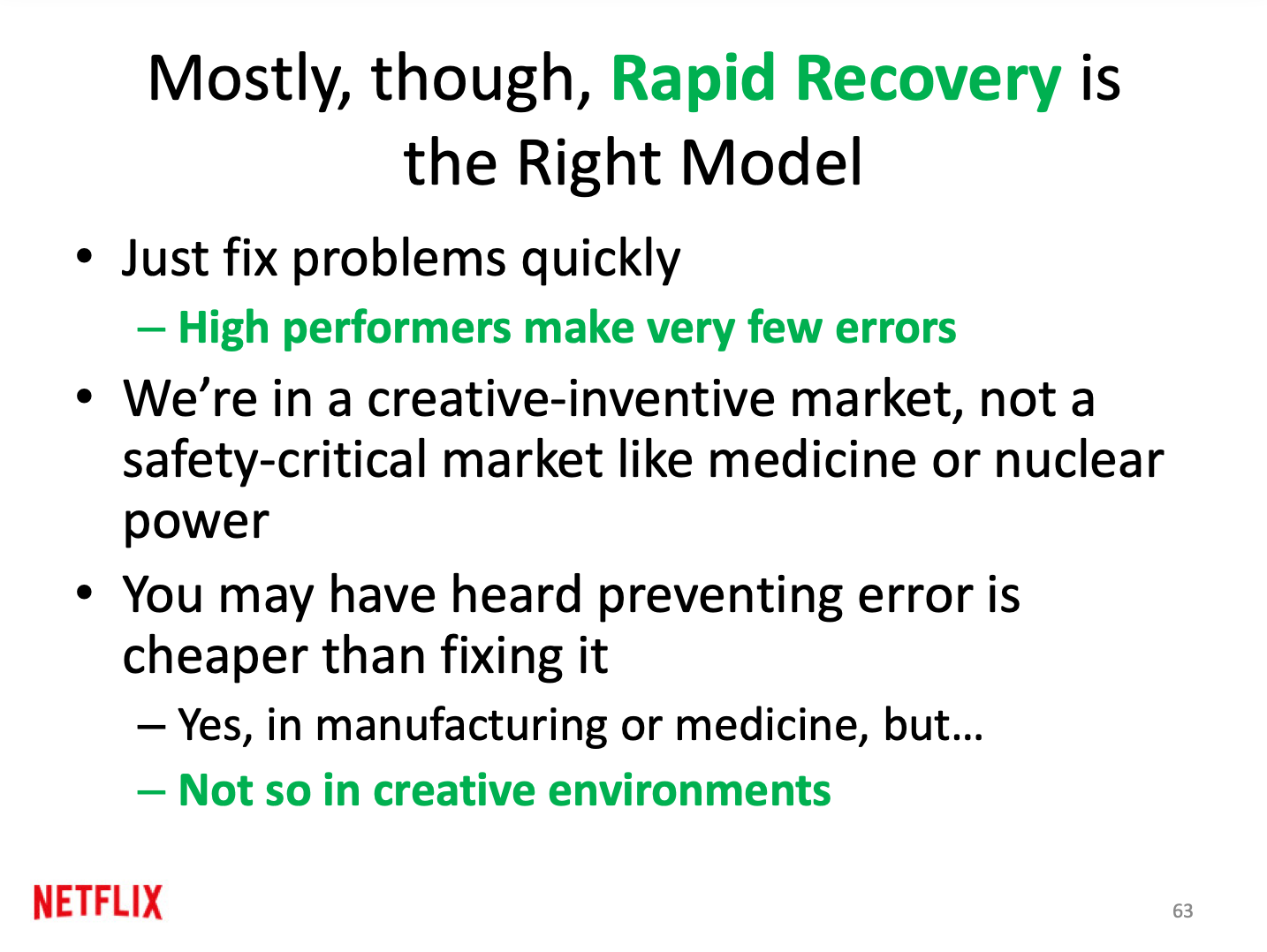
Netflix Culture Deck
You'll have definitely seen this one, but in case Slideshare ever dies, here's a permalink. Don't miss this background on Patty McCord, who wrote the deck!
Just re-read this for the first time in a while and JEEEZ it's good. Most people link to the slides with charts in them, but the "how-to" slides are better.
2001, if you believe the article!

High Output Management
This is one of those books where, if you read it sufficiently late in your career, you're going to be embarrassed about how late you got to it. It's about Andy Grove's experience building Intel as employee number three (and CEO number three). Wild!
Andy Grove, 1995
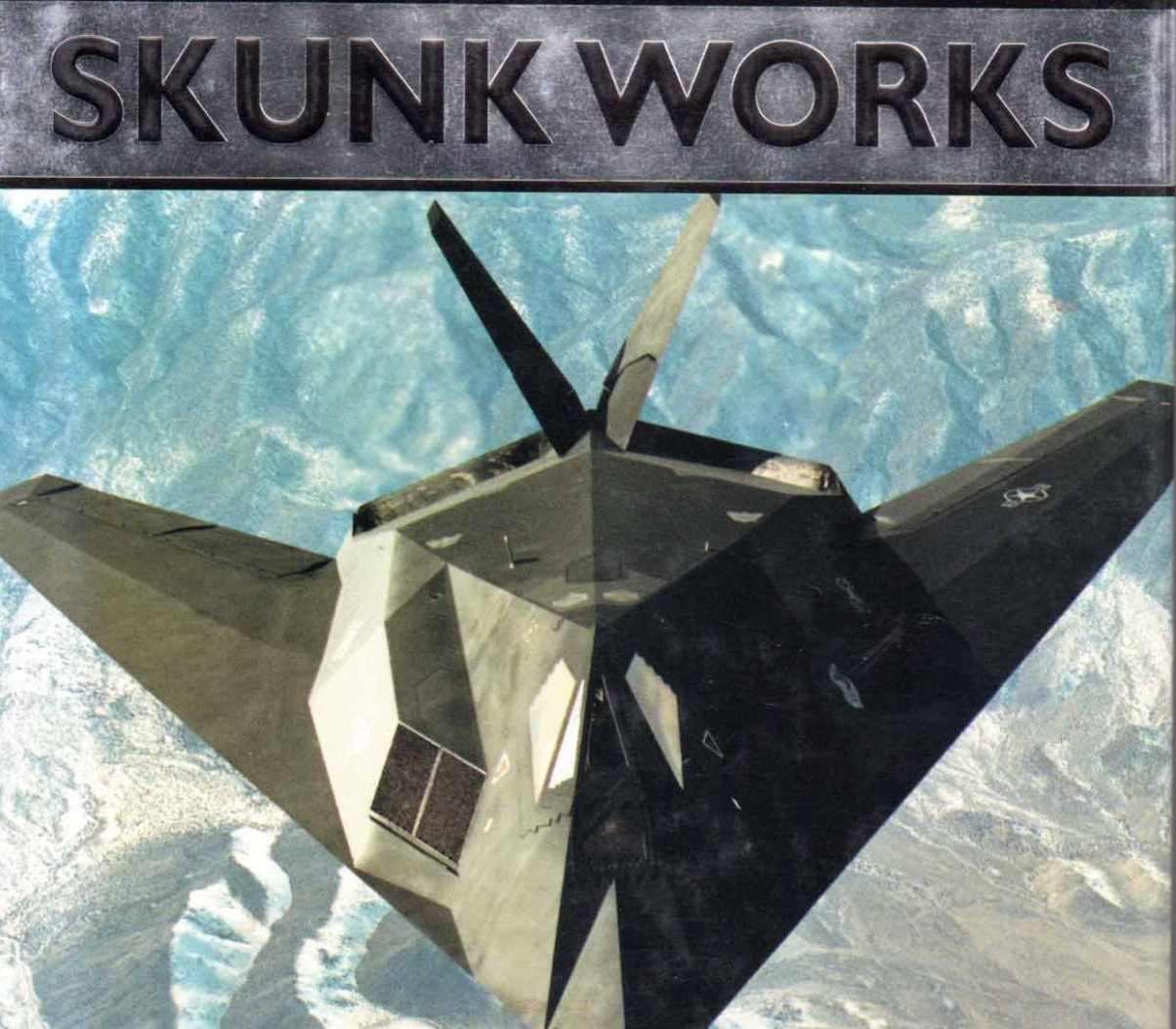
Skunk Works
Do you like planes? Do you like history? Do you want to see how many of the ideas we have for organizing technical work (physical and mental!) have their origins on midcentury factory floors? You're going to love this.
Ben Rich, 1994
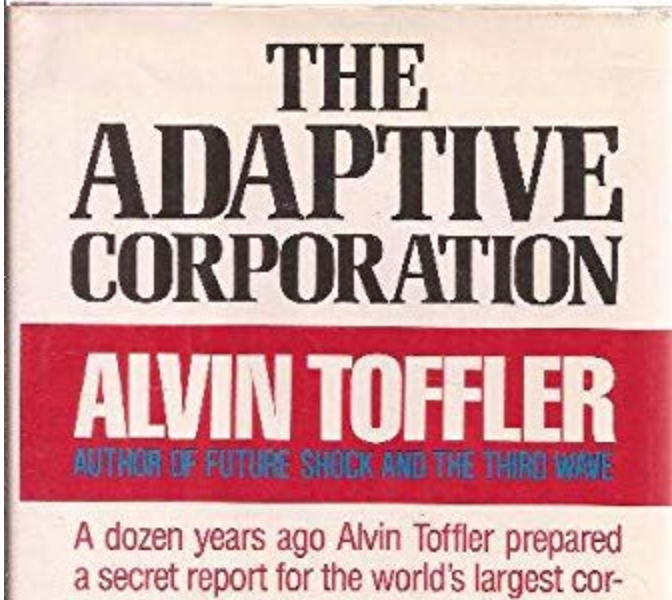
The Adaptive Corporation
This one is wild. In 1968, Bell System (which eventually became AT&T) hired Alvin Toffler to answer the following question: "What should AT&T's mission be in this next stage—and how might it reorganize itself to carry out a fundamentally new mission?"
The contents of this book include Alvin's report along with some later commentary. The wild thing to me is how you could probably do a find and replace, plonk your new version on some exec's desk, and they'd pay you for your amazing work. We knew what to do 50 years ago, and we've just been waiting.
Alvin Toffler, 1984
Unusually Good Business Books
Most business books are bad. These are some good ones, selected for their historical significance, original and especially useful frameworks, or, you know...good writing. That said, in a few of these you'll probably find some oversimplification or self-conscious branding.
Radical Candor
Kim Scott, 2019. BUY
Reinventing Organizations
Frederic Laloux, 2016. BUY
Team of Teams
Stanley McChrystal, 2015. BUY
Work Rules!
Laszlo Bock, 2015. BUY
How Google Works
Eric Schmidt & Jonathan Rosenberg, 2014. BUY
Exponential Organizations
Michael Malone, Salim Ismail & Yuri van Geest, 2014. BUY
The Lords of Strategy
Walter Kiechel, 2010. BUY
The Fifth Discipline
Peter Senge, 1990. BUY

